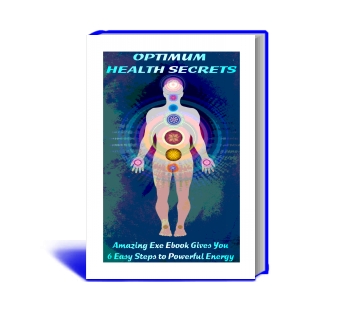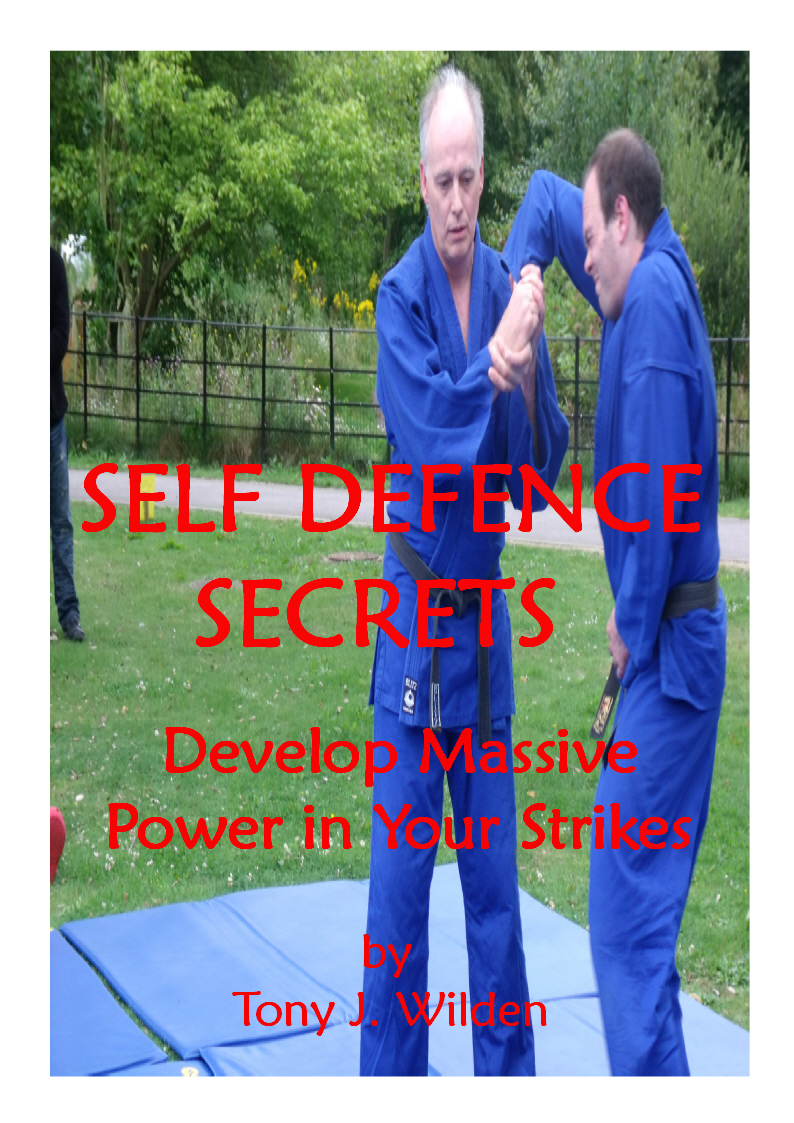Your Free Course One
on Meditation and Health!
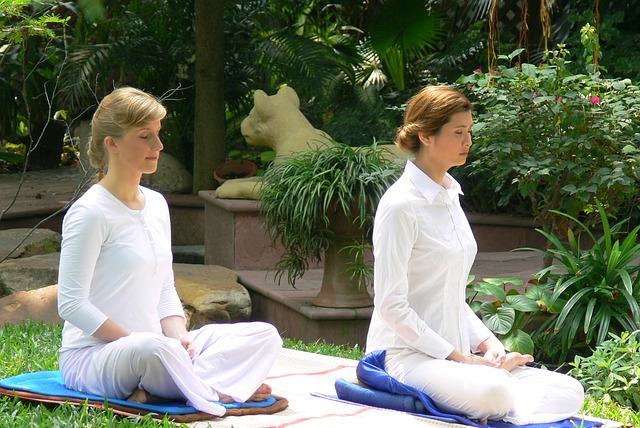
Hi
Many thanks for subscribing to our free 6 part e-course on aikido, health, and well-being... we hope you enjoy it!
Here is your first Installment...
Meditation and Health
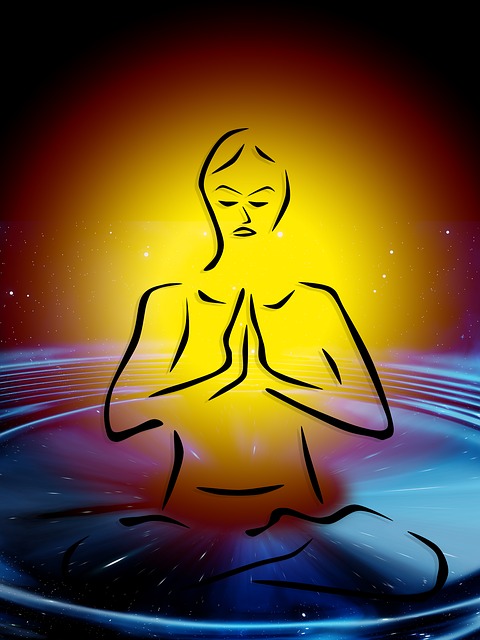
The goal of long life requires health of body and mind.
If you desire Optimum Health, you will need to focus on the essentials. This includes pure air, water, food, exercise, relaxation, and mind power.
In our complex society, we constantly experience confusion. Beset by worries, tension, restrictions, and demands, the brain is forced to work the entire day. Even in sleep we dream, so there's never a moment's rest.
If you can temporarily forget your worries, it allows your body to relax, which gives your nerves an opportunity to rest. This improves your health, and contributes to longevity and slows down the ageing process.
By temporarily releasing stress you can seizing a few moments of peace in the midst of a confused and stressful environment.
Meditation is mental concentration.
Everything is put aside in order to maintain peace and tranquillity of mind and strengthen the control functions of the central nervous system. Deep breathing improves blood circulation, increases absorption of nutrients, and promotes metabolic processes.
Deep breathing during meditation is abdominal breathing. As you inhale the air, your lungs expand and fill to capacity, allowing it to deeply penetrate the air sacs and to maximise its distribution to the body.
At this moment the diaphragm is pushed downward, causing the belly to protrude. When you exhale, your belly contracts, pushing upward, and completely expelling the stale air.
In this way, the exchange of gases in your lungs is very efficient, and exercises your internal organs. Also, with experience, you will use deep breathing during meditation, and also during your normal daily life.
Meditation is not waste of time. If every evening just before going to sleep or in the morning just after rising, you would meditate for 15 - 20 minutes, it will not interfere with your work schedule.
Although these 15 or 20 minutes may reduce your sleep time, in reality, they are even more beneficial than sleep.
This is because during sleep our minds are scattered and sometimes we dream. However, meditation concentrates the mind, random thoughts are eliminated...
you can enjoy tranquillity and peace.
My Optimum Health Secrets gives you key action steps and a gold-mine of meditation tips to boost your energy levels to experience glowing health!
Meditation
Postures and Exercises
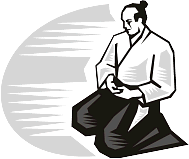
Here are some posture suggestions for you....
Chair Sitting
Your body should be erect with face forward. The nose, navel, ears and shoulders should be in alignment. The chin is slightly drawn in and the shoulders level. The waist should be straight and your seat stable.
The spine should not be stretched too straight, but neither
should it be bent. Relax all the muscles of the body without using any
strength.
Cross-Legged Sitting
Both legs are bent, the right foot is placed underneath the left thigh. The left foot placed on the right thigh. This is the half-lotus posture. The full-lotus used by monks is better.
Another posture is the simple-seat, with legs
crossed and feet under knees. in general, choose the most comfortable position for you with spine straight..
Hand Position
Your hands rest naturally, with
palms up, on top of the legs. The palms are placed on top of each other
with the tips of the thumbs touching and facing
forward as if holding an object. The hands rest lightly in front of the
stomach on top of the calves without pressure and naturally relaxed.
Reclining
Lying face up, your back should be level and straight. Your feet are extended level, with the toes pointing upward and naturally relaxed. Your palms should face inward, lightly touching the sides of your thighs.
Pillow height adjusted for
comfort, with all muscles relaxed.
Try Zen Meditation for an advanced meditation experience
Breathing and
Meditation Techniques

First open your mouth and exhale stale air from your lungs, then close your mouth slowly and draw fresh air in through the nose.
Repeat 3 to 5 times to balance the breathing. Your tongue lightly sticks to the hard palate behind your top teeth. Your eyelids should hang like curtains. Your vision extends from the bridge of your nose to your abdomen.
Your
attitude should be one of gazing, relaxed and natural. Eyes must not be completely shut, to prevent falling asleep,
and the light should not be too bright.
Abdominal breathing. Deep breathing allows air to completely fill your lungs, but do not expand your chest. Your lung cavity expands downward from pressure of the diaphragm, the downward movement of the diaphragm causes the abdomen to protrude slightly.
When you exhale, your abdomen withdraws
as your diaphragm is pressed upwards, forcing the stale air in the lungs
to be completely expelled. The breathing should be deep, long, fine,
even, light and slow... no sound.
In the beginning, you must not force the breath to be deep and long. If normally one cycle of inhalation and exhalation takes four seconds, then during meditation it should be increased slightly to six seconds.
After several weeks, this could be increased to eight seconds.
In summary, beginners
must not use force to hold the breath in order to avoid a feeling of
oppression or discomfort. In slightly extending the length of
exhalation, it should not be forced, but perfectly comfortable.
Eliminate random thoughts. In the beginning, your mind is difficult to control, and hard to achieve stillness. Simply sink your
mind into your abdomen. At the same time, count your breaths. This causes your mind to focus, and random thoughts disappear.
In the beginning,
because random thoughts have not yet been eliminated, you may often forget
the count in the middle. Simply start over from one.
Concentrate your mind during
meditation. As you
inhale, your mind should be concentrated on your lower abdomen and
imagine the air penetrating all the way down.
When finished meditating, open your mouth and expel 3-5 breaths to dissipate the heat from your body. Gently stretch out your arms and legs. Rub hands together to produce heat and massage your face, neck, shoulders, arms and legs while slowly standing.
Beginners, when they feel their legs becoming numb, should massage them
until comfortable again. Do not stand up fast.
Optimum Health Secrets gives you simple action steps for fast results. An absolute gold-mine of wisdom to quickly boost your energy levels and experience glowing health!
Summary
First Balance Your Body
Before
meditation, loosen your clothing, your
spine should be straight, shoulders level, waist extended, and all your muscles
relaxed downwards.
Second Balance Your Breath
Open your mouth and expel a few breaths of stale air from your abdomen. Your tongue lightly sticks to the roof of your mouth. Slowly inhale through your nostrils while
imagining each breath going to your abdomen. Then exhale from the abdomen, naturally achieving calm.
Third Balance Your Mind
You may experience an increase in random
thoughts as you enter the state of stillness. Your mind should focus on your abdomen with eyes lightly gazing down from the
bridge of your nose to the abdomen.
Use the technique
of breath counting, and gradually you will be able to avoid confused
thinking and eliminate all random thoughts.
I hope YOU enjoyed
this article. The link to Your next installment titled
'Breathing Exercises' will arrive in 2 days... please
look out for it!
Warmest Regards
Tony Wilden
Aikido Health Centre
Has this page been useful to YOU? It may benefit other people too! Please go ahead and pass it on - Share via the Link Bar below - many thanks!
Sick of the Elite Control System? Unplug from the Matrix Now!
We Are The Shield a national volunteer powered movement, working across the UK to prevent harm before it happens. Street patrols, trained volunteers, and community support for vulnerable woman and children - Click to Get Involved!

